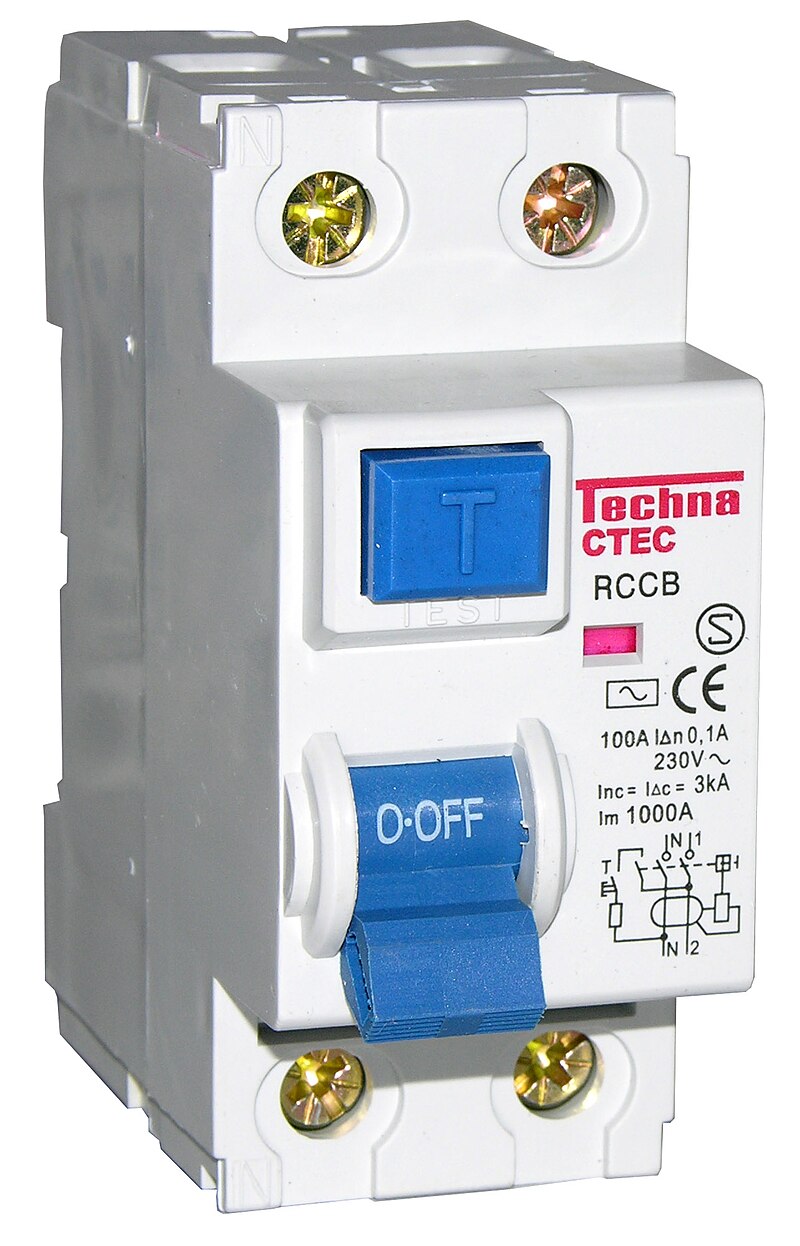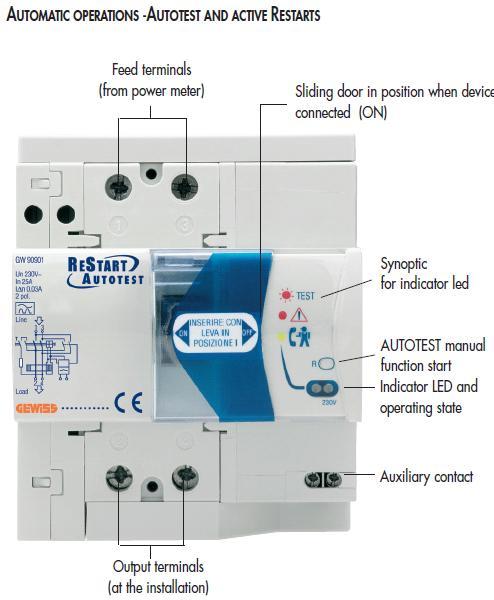Evening all,
My second thread in one day after not posting one for many moons!
My neighbour has purchased a BG RCD CUR4030 to mount in a stand-alone unit (to replace an existing stand-alone unit that got damaged, also the test-button would not function).
Does it matter which way round the input and output go.
It would be easier for the supply to enter via the bottom and load exit via the top.
I have read myself that a lot of rcd manufacturers say it does not matter but I have heard some people say some RCDs don't like it.
Many Thanks
My second thread in one day after not posting one for many moons!
My neighbour has purchased a BG RCD CUR4030 to mount in a stand-alone unit (to replace an existing stand-alone unit that got damaged, also the test-button would not function).
Does it matter which way round the input and output go.
It would be easier for the supply to enter via the bottom and load exit via the top.
I have read myself that a lot of rcd manufacturers say it does not matter but I have heard some people say some RCDs don't like it.
Many Thanks




